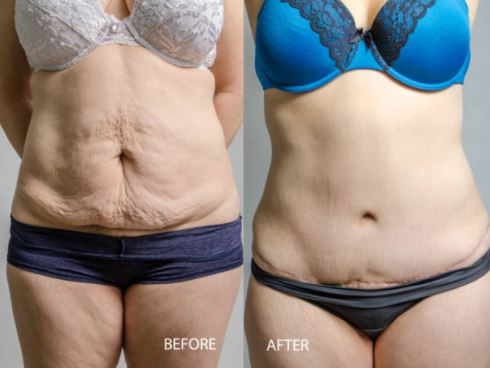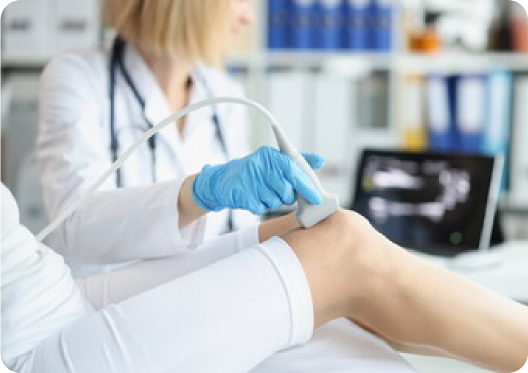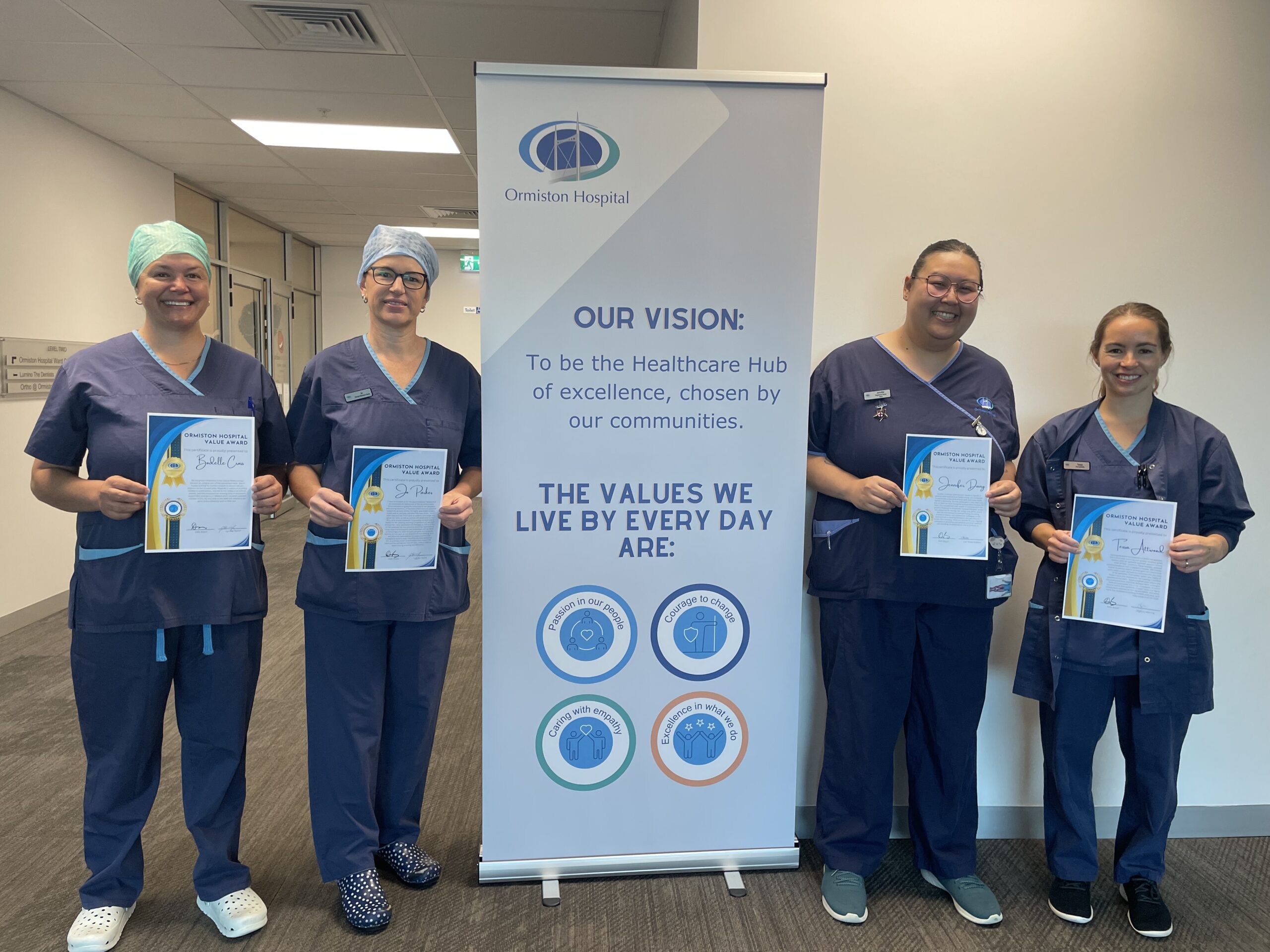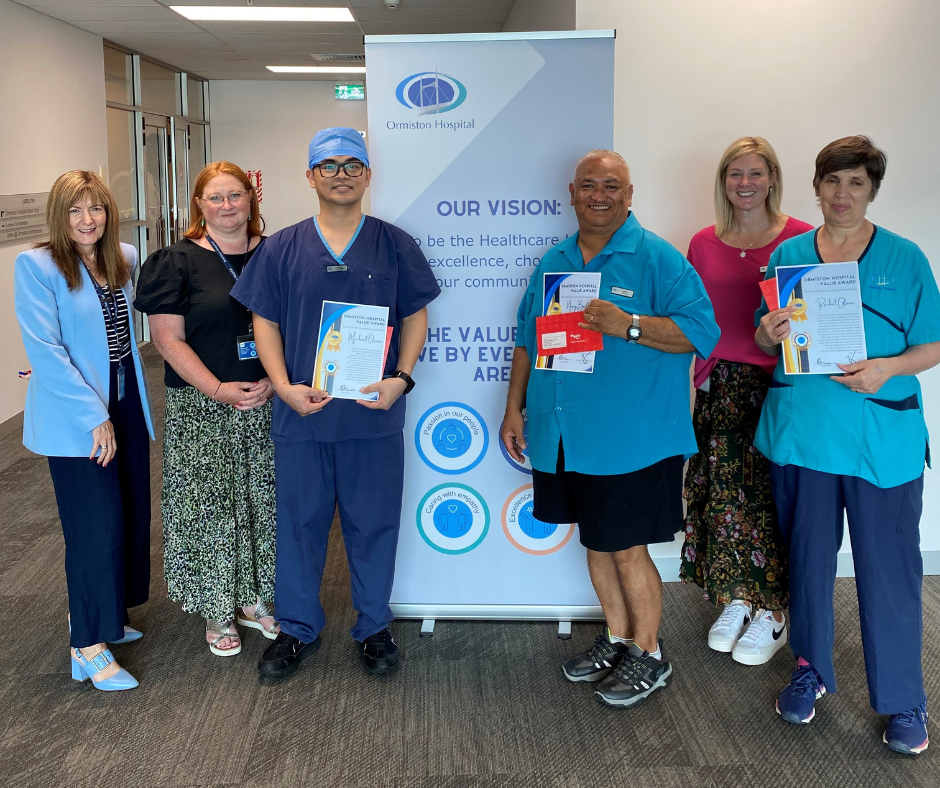Apronectomy is often recommended in cases where:
- You have excess skin due to significant weight loss
- Your skin has stretched due to pregnancy
- You have been unable to achieve your desired shape through a healthy diet and exercise alone
The goal of an apronectomy is to relieve discomfort you may experience due to excess skin, such as rashes or irritation. It may also help to make it easier to move around so that exercising is more comfortable. Some people choose to have surgery to help improve their self-confidence and general sense of wellbeing.
At Ormiston Hospital, we understand the importance of feeling confident and comfortable in your own skin. During your private consultation, our plastic surgeons work with you to provide expert advice to support you in making informed decisions about your care. If you are having weight loss surgery with us, you may be able to have an apronectomy at the same time.
Need to know
When you attend a consultation with one of our plastic surgeons, they will take a detailed medical history and perform a physical examination where they look at your stomach area. They may also take your blood pressure and ask you about your overall health and any medications you are currently taking. The surgeon will let you know if an apronectomy is an appropriate treatment for you, and they will explain both the benefits and potential risks of surgery. If you wish to go ahead with surgery, you can then work with the admissions team to arrange a date for the procedure.
The operation takes about 1.5–2 hours and requires general anaesthesia so you’ll be fully asleep throughout the procedure. During the operation, the surgeon will cut away the excess fat and skin from the area of your lower abdomen (low down below your navel) and then stitch up (suture) the wound. You may have drains placed to prevent fluid build-up, but they’re usually removed in a day or two. An apronectomy will leave you with a horizontal scar similar to, but longer than, a caesarean section scar. The scar generally sits low between the hip bones, so it can be hidden. In most cases, an apronectomy can be done as a day stay in hospital or, if required, a one-night stay.
An apronectomy helps to remove excess tissue and skin from the lower abdomen (low down below your navel). This can help to reduce discomfort and skin irritation that this excess skin may be causing. You may also find that the surgery makes it easier to move about, so that exercising is more comfortable. Some people choose to undergo surgery to help them feel more confident in themselves.
Your medical history and overall health can impact your recovery post-surgery, and everyone’s recovery will be slightly different. Most people can head home the same day as their surgery; occasionally, a one-night stay in hospital is needed. While you are recovering in the hospital, you will be encouraged to walk, and your doctor will give you advice on how to care for your wound. After you have been discharged from hospital, you will need to attend follow-up appointments to check your wound. At home, it is important to stay hydrated and take things easy. As long as your wound is healing well, you may be able to return to work within one to two weeks; however, you should refrain from strenuous activity/heavy lifting for four to six weeks. Your doctor or nurse will let you know when you can increase your activity levels.
Apronectomy is a commonly performed and generally safe procedure; however, all surgery carries some risks. Some of the possible complications of any surgery include an unexpected reaction to anaesthesia, infection, excessive bleeding or the development of a blood clot, often in the lower leg and known as a deep vein thrombosis (DVT).
After surgery, you will have a scar low down on your abdomen. The scar generally sits low enough to be able to be hidden under clothes. It will be red and raised initially but should fade over the following months.
Some people experience numbness around the wound. This is often temporary but in some cases it can be permanent. Always let one of our healthcare team know if you experience any concerning side effects after surgery.
To prepare for surgery, it’s important to follow your surgeon’s specific instructions, which typically include fasting for several hours before the procedure to ensure an empty stomach. It is also important to arrange for someone to drive you home post-surgery and to plan for a recovery period at home.
During surgery, you will be given general anaesthesia so that you are asleep throughout the procedure. Your vital signs are closely monitored for safety, and the surgical team ensures that the procedure is as smooth and efficient as possible.
After surgery, you will be taken to a recovery area where medical staff will monitor your vital signs and ensure you are recovering well from the anaesthesia. Your doctor will provide instructions and medication to help manage pain, and advice on when you can resume normal activities. You will have one or more follow-up appointments so your doctor can monitor your healing process.
Specialist Surgeons






